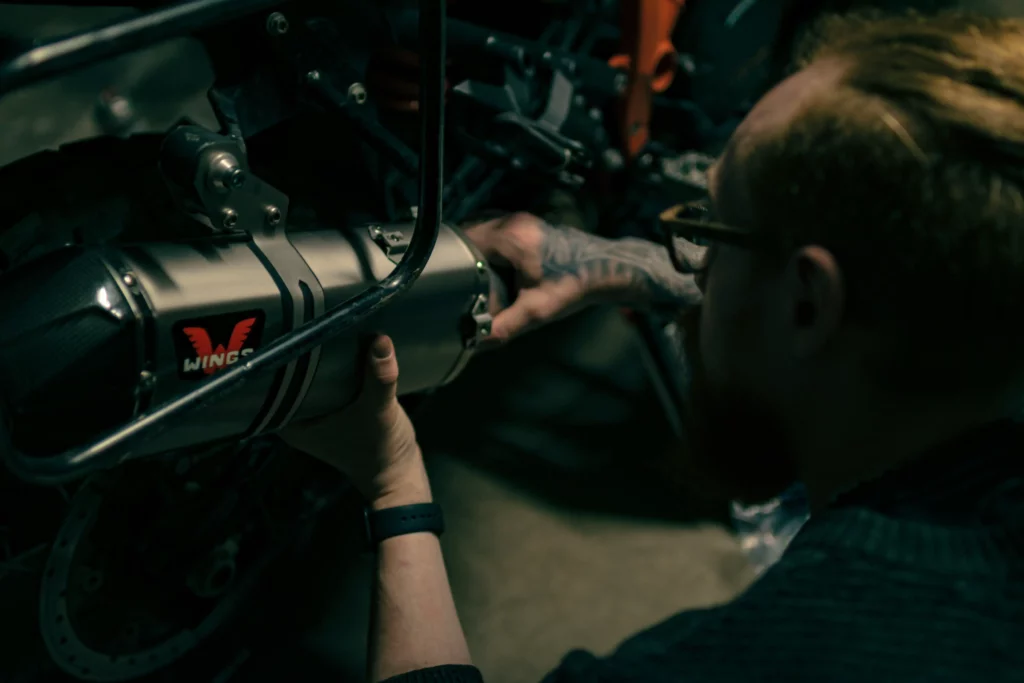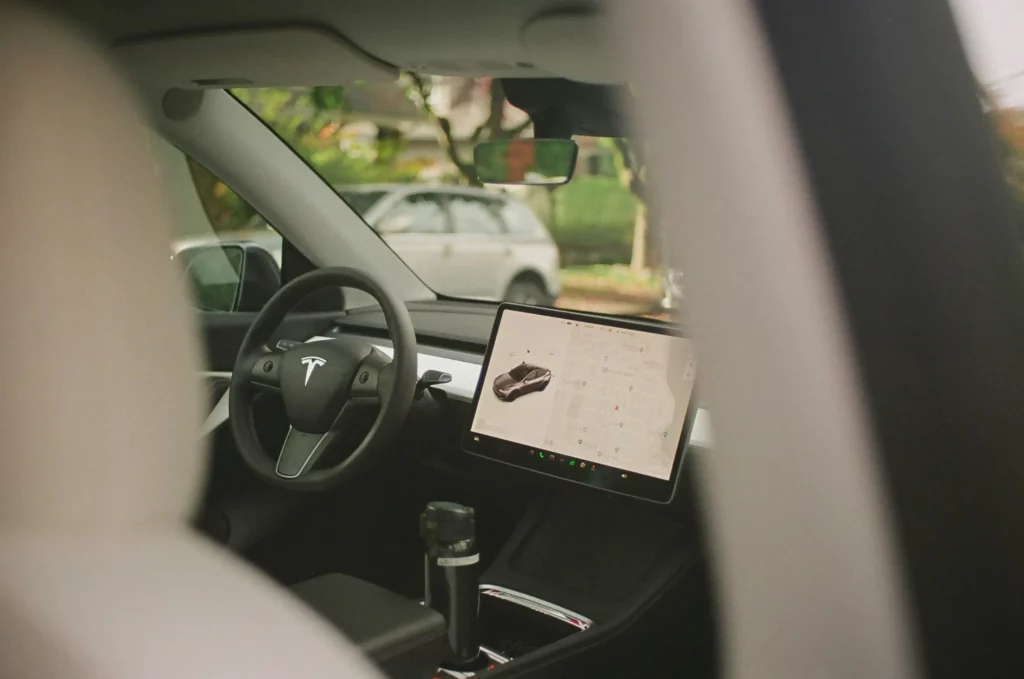ADAS calibration is required to keep your vehicle’s safety systems running smoothly and without error. You might also have heard the term ‘windscreen calibration,’ which effectively means the same thing.
However, due to a lack of awareness with these terms and what they really mean and do, many people wonder whether they actually need ADAS calibration on their vehicle. In short, the answer is yes, ADAS calibration is necessary to keep yourself, and others, safe on the road. It is also important if you want to make your life significantly easier at the same time.
This blog post will look at what ADAS calibration does, why you need it, the different types, and the dangers of putting off a calibration.
What does ADAS calibration do?
ADAS calibration improves the accuracy of your safety systems to decrease the risk of accidents and wrongful signals from your vehicle’s systems.
ADAS is short for ‘advanced driver assistance systems,’ which are systems in place in almost every vehicle on the road today, designed to enhance safety by warning drivers of dangers and obstacles on the road, and sometimes even intervening to avoid imminent dangers.
ADAS relies on a series of sensors and cameras to map out the surrounding environment and act accordingly. Of course, these sensors need to be exceptionally accurate in order to react faster than a human can to hazards and danger. As a result, ADAS calibration involves adjusting the sensors and cameras using specialised equipment which allows them to be returned to the specific manufacturer specifications of the vehicle.
If you think you need an ADAS calibration, get in touch with Lancashire ADAS today.
Why do I need ADAS calibration?
You need ADAS calibration to keep your car’s safety features operating smoothly and as they’re intended, preventing malfunctions and potentially accidents:
- Safety – Cars without regular calibrations, or which haven’t been calibrated after an accident, repairs, or windshield replacement, are likely to have misaligned cameras and sensors which can lead to wrongful warnings and interventions. This can actually be more hazardous than having no ADAS features at all, as alerts can be distracting when they’re not required, and of course wrongful interventions could directly cause incidents.
- Compliance with law – If you get into an accident and it’s discovered that you have not had your ADAS calibrated when you should have, you could be held accountable and fined/hit with other legal consequences.
- Performance – Even aside from safety concerns, you need regular ADAS calibrations to make driving easier and less stressful. Part of the intention of ADAS is to streamline the driving process, and cameras and sensors which aren’t correctly positioned will make this more difficult.
Why are there different types of ADAS calibration?

There are two different types of ADAS calibration because they serve slightly different purposes, as well as varying in cost and time taken.
Static Calibration
Static calibration is performed in a workshop whilst your vehicle isn’t moving, as the name suggests. Static calibration checks the accuracy of sensors at a fixed input, making it slightly easier to carry out and garner results. It is most beneficial to ensure that systems such as lane departure warning, cruise control, and parking assist are working properly.
Unlike dynamic calibration, static calibration doesn’t need road tests, which makes it slightly easier to carry out. For this reason, static calibration is both quicker and cheaper in most cases.
Dynamic Calibration
Dynamic calibration is carried out using a series of road tests in conditions which emulate real-life scenarios. This ensures more accurate results than static calibration, and is useful for systems such as lane keeping assist, automatic emergency braking, and adaptive cruise control. For this calibration type, a technician will plug specialised software into your vehicle, and drive it through the different environments and scenarios, allowing the ADAS to automatically adapt and calibrate to them.
Because of the road tests, and the time spent to set up dynamic calibration, you can expect this to take a bit longer, and be slightly more expensive than static calibration. However, if you want to ensure the most accurate results, it’s worth the investment.
What if I don’t get ADAS calibration?
If you don’t get ADAS calibration, you might run into some dangerous situations. Here are some of the things that can happen if you don’t get your ADAS recalibrated when you need to:
- Inaccurate warnings – poorly calibrated systems might cause false alarms which can be distracting, or fail to warn you of actual danger.
- Malfunctioning safety features – features such as lane departure warning, adaptive cruise control, and emergency braking might activate when not needed, or could fail to activate when they are required. Either way, this could lead to serious safety concerns.
- More expensive repairs – you might be putting off an ADAS calibration because you don’t want to spend the money, but accidents caused by failing ADAS are likely to cost significantly more money, on top of the calibration which you would end up having to get anyway.
You need to get ADAS calibration to keep yourself safe on the road, and it’s best to use a trusted provider for fairly-priced and high quality services. Get in touch with us to book a calibration.

